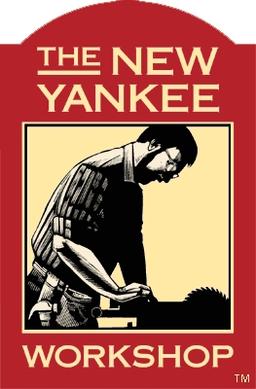- cross-posted to:
- Claviers@jlai.lu
- cross-posted to:
- Claviers@jlai.lu
cross-posted from: https://lemmy.world/post/31175359
More pics: https://pixelfed.social/p/wjrii/838255973232132267
I messed up in a million ways, but I managed not to screw it up too badly to be happy with it. It used 35-year-old switches and keycaps. Case is dowel joints, an up-jumped rustic picture frame. This was also my first keyboard build with QMK firmware and then the VIAL config tool. Some lessons:
- ALPS stabilizers are a pain.
- Don’t let sleepy English majors design PCBs after midnight. Seriously, the thing barely works for this layout, but should be slightly better for Cherry MX switches.
- One is strangely zen when one accidentally deletes all the PCB design files for such a flawed PCB. Still have the fabrication Gerber, but with half a dozen errors that’s very near to useless.
- Don’t be a coward with your woodworking. There is a bigger gap between case and keys than I’d like.
- On the other hand, don’t be stupid. The pecan inlay on the back may be there to cover up where I sliced right into the dowels joining the frame together.
- Sandpaper and Danish Oil forgive many sins.


You can do it the wood worker way, but you could also do it the chemist way.
Liquify and reconstitute the wood in molds. It won’t look exactly like wood anymore but that’s what wood stain is for.
You can also do it the 3D printer way: most “wood” PLA has sawdust mixed into it, and the better grades are supposed to be able to take stain and such (I’ve never actually tried).
True, I’ve used that kind before too. Though ideally you sand blast it or sand it if going that route, because that kind of wood based filament definitely leaves more print lines than other kinds of filament
The goal is to avoid microplastics caused by wear on the key surface